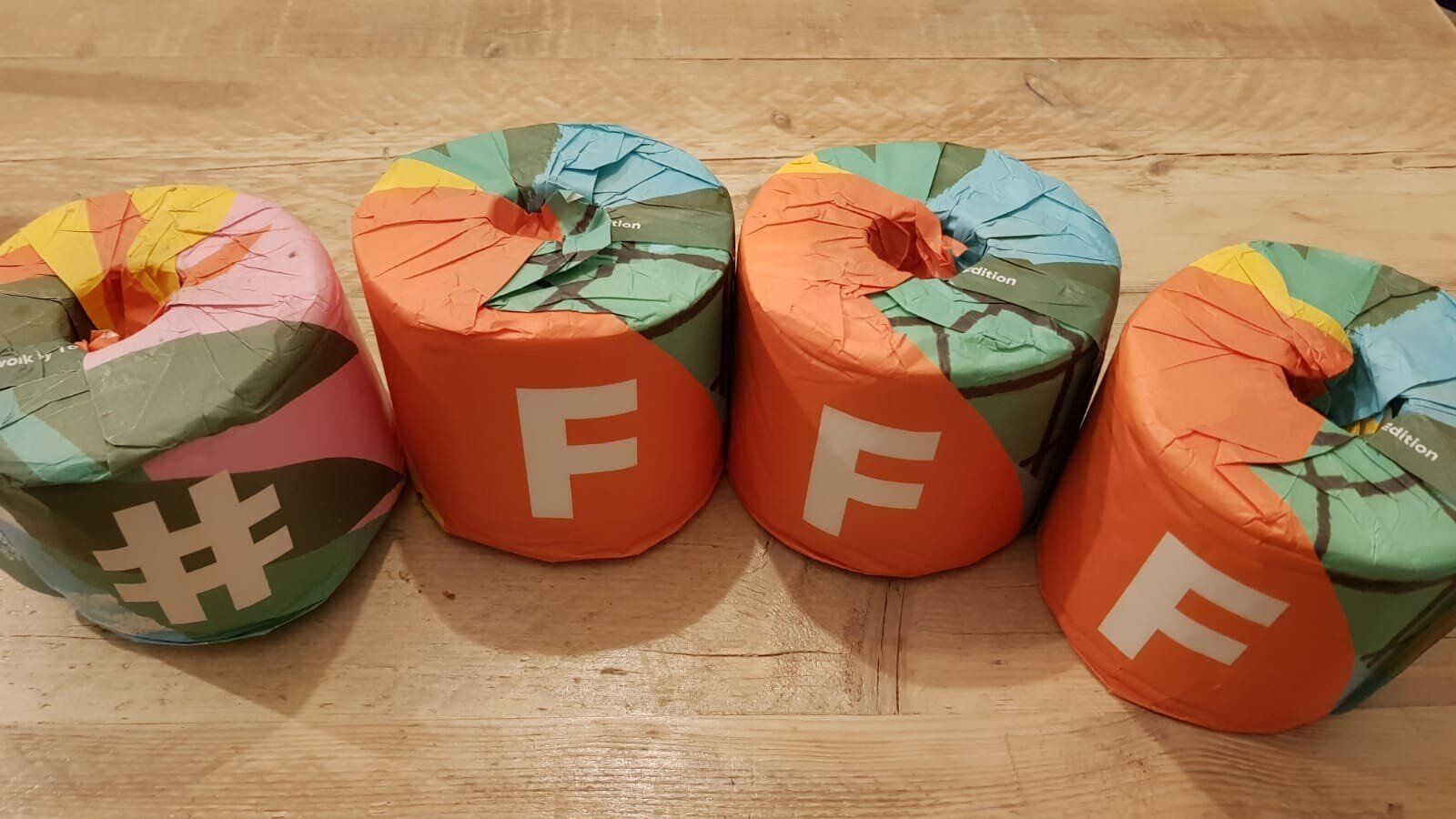On the source
Briony Tatem • July 9, 2020
Not all data is created equally. A big factor in the validity of a data set is the source of the data so here is a quick guide to making sure your data is from a reliable one.
1) The first rule is:
DO NOT USE WIKIPEDIA
That’s being a bit harsh, Wikipedia is great if it is almost midnight on a Friday night and you just have to know the name of Tom Hank’s character in Big . For everything else it can be a good starting point, if there is something on Wikipedia that you want to use then check and see if there is a reference listed at the bottom of the page, and go back to the original source. Similarly avoid anything which anyone can publish/edit without accountability but if you do use it, make sure it is clear what you are using.
2) Who said what
People can be very selective about what data they use to make a point. Trace information as far back as you can, if possible to the start point. For example, if a survey for Sleep-Easy pillows shows that 97% of people said their favourite pillow was the new Sleep-Easy Easy-Sleep pillow, the question they were asked could have been:
a) Which is your favourite make of pillow?
OR
b) Which is your favourite make of pillow by Sleep-Easy that has been released in the last month?
As well as dodgy results, there are also legitimate results which are displayed in a dodgy way. The chart below is a one that I remember being told was used by Fox News, I can’t find a source that I trust enough to verify this but apparently the chart was circulated by Reuters. The below shows the number of murders committed in Florida using firearms. In 2005 Florida enacted a ‘Stand Your Ground’ law which, in the most basic of explanations, meant that you could use deadly force (including shooting) against someone if you thought your life was in danger or you thought you were going to be seriously hurt. A quick look at the chart and you could think the law was a huge success with the number of murders plummeting, until you realise the y-axis is upside down and there was actually an increase in murders.
3) Follow the money
Always look at who funded the research. A breakfast cereal company which publishes research showing that the best thing to eat for breakfast is cereal, should always be treated with suspicion.
4) Representation
Data should always be representative but what it means for it to be representative can differ. For example, a survey asking if Gary is the best name is pointless if it only asks people called Gary. For this survey you would need to ask a lot of people with differing age, backgrounds, gender, ethnicity and geography. A survey which wants to find out about what participants of a story time session at a local library think about the session will find there are not many people to ask but they can still try to be representative.
5) Size matters - sometimes
If you ask a group of ten people if they like badminton and one person says yes – 10% of people like badminton.
If you ask a group of one hundred people if they like badminton and one person says yes – 1% of people like badminton.
Always look at the size of the sample to give you an idea of how representative a survey is and then ask yourself if that matters (see example in point 4).
A fun game I like to play is reading the small print on cosmetic adverts, the ones that say, “97% of people loved our product.” The small print contains the sample size and some are surprisingly small.
Why not give it a try…?
Notes:
The answer to the Tom Hanks question is Josh Baskin, according to Wikipedia.
Source of the 'Gun Deaths in Florida' chart:
https://thesocietypages.org/socimages/2014/12/28/how-to-lie-with-statistics-stand-your-ground-and-gun-deaths/

Who doesn’t love a fun fact? Probably those who also don’t love alliteration. But I am not that person, so every Friday I post a fun fact on Facebook, Twitter, and LinkedIn. I absolutely love doing these, they are often linked to a day or an event that is happening around the world that week, and I learn something new and they bring a bit of frivolity to my week. However, the story behind the fact is quite often longer than a social media post will allow so here are my top five fun facts from 2020 and a bit more information about them. I am going to hold my hands up now and say that my sources aren’t the most robust when it comes to Fun Fact Friday, but for once I am going to say that doesn’t matter. 5) The Guinness World Record Holder of “oldest cat ever” (Crème Puff, 38) drank coffee every day. My first Fun Fact Friday and one which marked World Coffee Day in October. Crème Puff sadly passed away in August 2005 and has held onto the record since then . According to his owner, Crème Puff’s diet was integral to his longevity and consisted of: “…dry commercial cat food, a home-cooked breakfast of eggs, turkey bacon, broccoli, coffee with cream, and—every two days—about an eyedropper full of red wine to ‘circulate the arteries’.” Don’t try this at home. 4) A group of frogs is called an army When my oldest daughter turned 10 this year, I let her suggest a fun fact as a birthday treat and this is what she went for. I have since become obsessed with collective nouns for animals and included a round of them in our family Christmas Quiz (a very serious affair that even has its own trophy). Here are some of my favourites: A flange of baboons A bike of bees A coalition of cheetahs An intrusion of cockroaches A tower of giraffes An implausibility of gnus A consortium of octopi A rhumba of rattlesnakes 3) In a deck of cards, the king of Hearts is the only king without a moustache. I used this fact to mark Movember, the annual event when men are encouraged to grow moustaches in November to raise money and awareness for men’s health. I am happier for knowing this fact and I am waiting for the perfect opportunity to drop it into casual conversation. 2) In public toilets, the first cubical is the least used so probably the cleanest I used this fact to mark World Toilet Day in November and it has frankly been life-changing. In a report by Reader’s Digest (see the apologetic note above about sources), several surveys of toilet cubical use have shown that people have a “centrality preference” and go for the middle cubicles. Interestingly there is a gender divide if the middle ones are not available, with men going to the cubical closest to the door and women going to the one furthermost away. But whichever one you use, ALWAYS wash your hands. 1) A half-frozen, half-naked chicken is said to haunt Pond Square in London This Halloween special is my absolute favourite. The story goes that on an unseasonably snowy day in April 1626, Sir Francis Bacon was traveling with his friend Dr. Witherbone when they started to discuss ways of freezing meat to preserve it. They decided to conduct an experiment to test their theory so bought a chicken and after it was killed, plucked, and gutted, Bacon stuffed it with snow. However, after the exposure to freezing temperatures, Bacon became ill and died of suspected pneumonia. Since then, many have claimed to hear the screeching of a chicken or even seen a half-naked bird plucked of its feathers, running around in circles in Pond Square or sitting “sullenly” in a tree . Why it is the chicken that haunts the square and not Bacon is unclear, but I think for once it is best not to ask too many questions. References: https://www.guinnessworldrecords.com/world-records/oldest-cat-ever https://www.atlasobscura.com/articles/how-to-raise-a-165-year-old-cat https://www.worldtoiletday.info/ https://www.thehealthy.com/digestive-health/cleanest-stall-in-public-bathroom/ https://www.mentalfloss.com/article/560789/scientific-spirit-sir-francis-bacon-and-ghost-chicken-highgate

